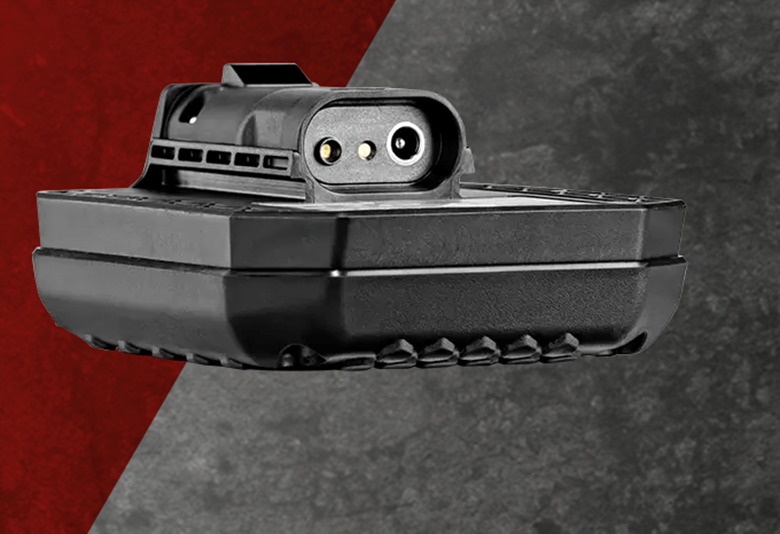GPX 6000 Lithium Battery Use Tips
The rechargeable Minelab Lithium-ion battery for the GPX 6000 lasts for approximately eight (8) hours. It takes about 5 to 6 hours to re-charge from flat. It is rated at a nominal 7.2Volts, with a capacity of 5833mAh (5.83 Ah) / 42Wh. It weighs about 0.3kg. All new Minleab batteries have a 12-months Warranty in Australia.
‘Gold Rat Metal Detectors’ usually have several of the GPX 6000 batteries in stock, and they cost about $240.

Here are some tips for general use, and also for pro-longing the lifetime, of a GPX 6000 battery:
1. Ideally, keep all loose/spare batteries individually isolated & protected within waterproof & dustproof, sealed plastic bags when not in use. This also prevents a potential short-circuit of the battery and possibly causing a fire. I also store my Lithium batteries within a bubble-wrap pouch – for padded protection against possible impact e.g. via dropping them etc. Broken or cracked battery cases can allow moisture and oxygen to enter the battery and oxidise the Lithium components, causing a heat reaction. This can lead to fires or explosions.
2. Keep the battery terminal contacts clean on both the detector, and also on the battery, otherwise a bad contact may cause the detector to cut off when it is turned on – since the detector control box is unable to receive a consistent & suitable electrical power input to function properly.
Minelab have issued a Product Notice guide - "showing how to effectively clean your detector terminals to prevent low battery run times and intermittent powering off when using your GPX 6000."



3. Always follow proper battery charging procedures, especially with Lithium-ion batteries i.e. if possible, fully charge the battery following each day of use, and also remove the battery from the charger as soon as practicable after it being fully charged (i.e. do not leave Lithium batteries charging & unattended on chargers for tens-of-hours or days after being fully charged). Don't charge Lithium batteries when they are hot.
4. I periodically use a digital multi-meter to check that my batteries are OK – that my GPX 6000 batteries each contain a maximum (fully-charged) voltage of between 8 and 8.2 Volts (a suitable maximum holding voltage – as recommended by Minelab Australia).
5. I have three Minelab Lithium-ion batteries for my GPX 6000 (for when I was gold prospecting in the bush for 7 to 10 days at a time on my regular trips) – which I individually numbered – and I regularly rotated battery usage so that they all were being used & charged equally – for equal longevity.
6. Most days when I am detecting - I change the battery at midday (after about 3 to 4hrs use) and then use another fully charged battery for my afternoon sessions of detecting.
7. Only use the Minelab-recommended/approved chargers for charging GPX 6000 batteries. Otherwise, you may be taking unnecessary risks that could endanger.
Given the number of various devices/detectors I have that use various Lithium batteries, and given that often these chargers look very similar but have different Output Ratings on their specification stickers - I individually label all of my various battery chargers - so I don't get them mixed up, and also so as to avoid improper/unsafe charging and/or potential battery damage.
8. Don’t leave Lithium batteries within closed/hot vehicles e.g. upon the dashboard exposed to the sun etc.
9. Having a padded control box cover (like the Aussie-made 'Double-D' padded canvas covers) not only protects the detector control box and battery against inpact forces, but it also provides a thermal shield for the battery against direct sunlight and heat radiation.
Minelab provide the following recommendations in their GPX 6000 User Manual (Page 25) with respect to the batteries:
• “The battery pack is not waterproof — Do not immerse the battery pack in any liquid or allow water ingress.
• Only charge rechargeable batteries and accessories according to the instructions provided.
• Avoid charging rechargeable batteries and accessories in extreme temperature conditions.
• Remove battery prior to air transportation”

